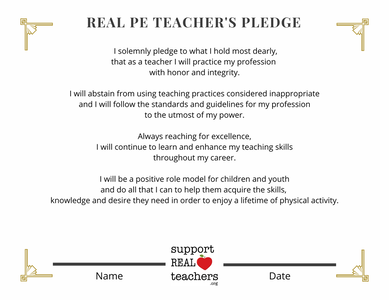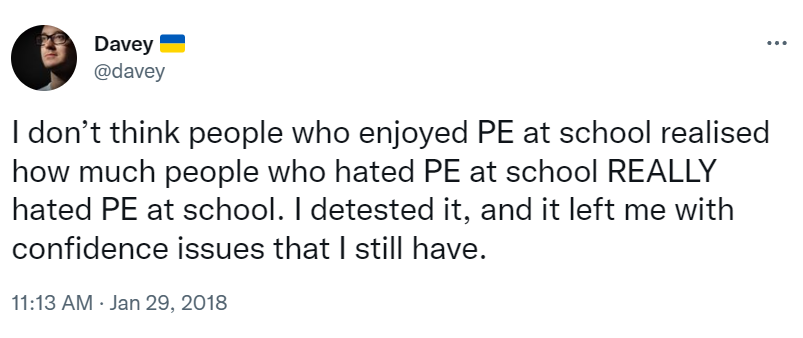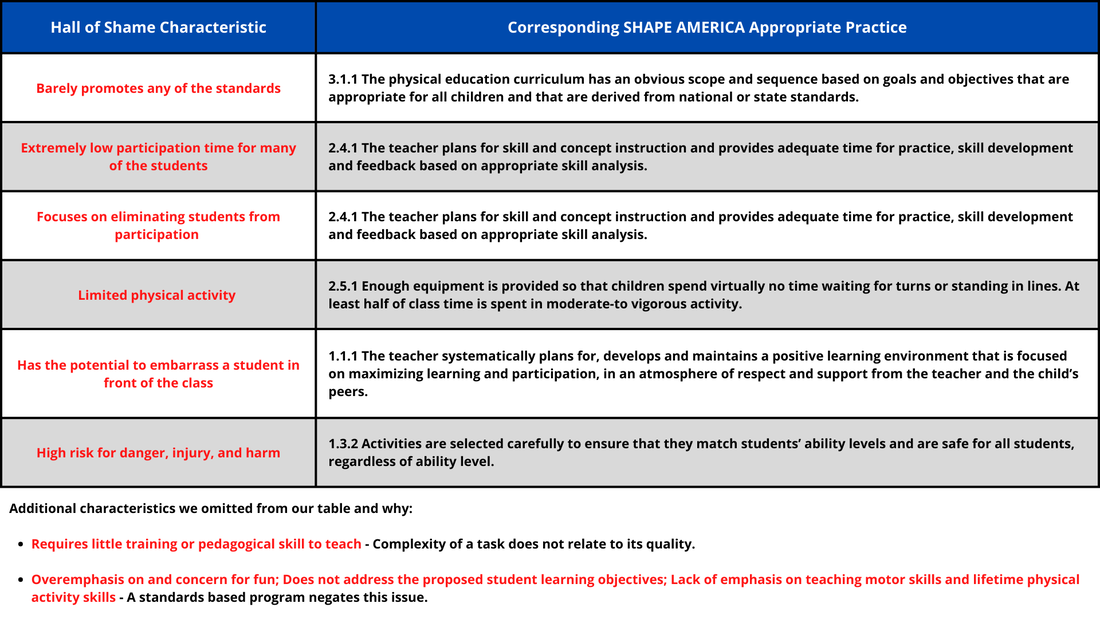What is Quality Physical Education?
Quality physical education is based on national and state standards that define what a physically literate person should know and be able to do. These are then broken down into student learning indicators, serving as curricular guidelines for each grade level. See the new standards and learning indicators published in 2024.
Standard 1 - Develops a Variety of Motor Skills: Through learning experiences in physical education, the student develops motor skills across a variety of environments. Motor skills are a foundational part of child development and support the movements of everyday life. The development of motor skills contributes to an individual’s physical literacy journey.
Standard 2 - Applies Knowledge Related to Movement and Fitness Concepts: Through learning experiences in physical education, the student uses their knowledge of movement concepts, tactics, and strategies across a variety of environments. This knowledge helps the student become a more versatile and efficient mover. Additionally, the student applies knowledge of health-related and skill-related fitness to enhance their overall well-being. The application of knowledge related to various forms of movement contributes to an individual’s physical literacy journey.
Standard 3 - Develops Social Skills Through Movement: Through learning experiences in physical education, students develop the social skills necessary to exhibit empathy and respect for others and foster and maintain relationships. In addition, students develop skills for communication, leadership, cultural awareness, and conflict resolution in a variety of physical activity settings.
Standard 4 - Develops Personal Skills, Identifies Personal Benefits of Movement, and Chooses to Engage in Physical Activity: Through learning experiences in physical education, the student develops an understanding of how movement is personally beneficial and subsequently chooses to participate in physical activities that are personally meaningful (e.g., activities that offer social interaction, cultural connection, exploration, choice, self-expression, appropriate levels of challenge, and added health benefits). The student develops personal skills including goal setting, identifying strengths, and reflection to enhance their physical literacy journey.





